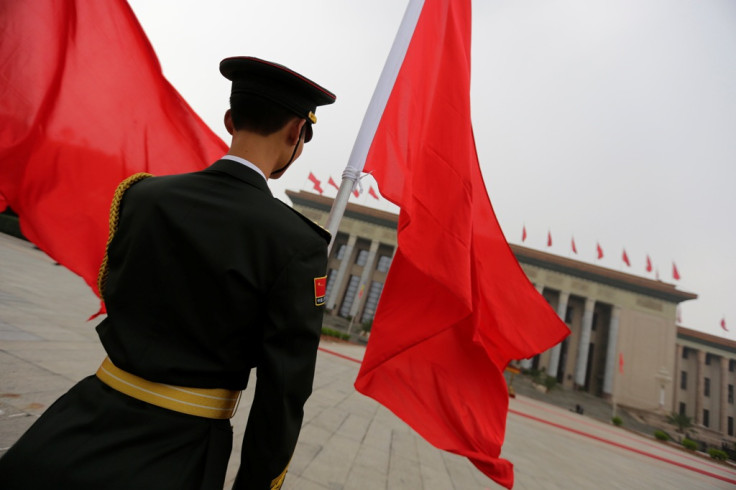China unveils fresh stimulus on renewed economic weakness
PBOC to lend $8bn to banks at discounted rates to allow them to re-lend to small firms and farmers

Beijing has announced fresh stimulus for the world's second-largest economy following dismal bank lending and foreign investment growth data.
The central bank said it will lend 50bn yuan ($8bn, £5.3bn, €7bn) to banks at discounted rates to allow them to re-lend the money to small businesses and to farmers - areas of the economy that are typically short of cash.
The People's Bank of China (PBOC) did not comment on China's liquidity conditions, saying only that its re-lending exercise was aimed at lowering firms' financing costs, and that it had injected a record 99.4bn yuan into the economy via "re-lending" in 2014.
The focus on the vulnerable parts of the economy was also echoed by China's powerful economic planner, the National Development and Reform Commission (NDRC), which said in a statement that the nation must "unleash its consumption potential" this year.
The NDRC said it had approved 53.1bn yuan of new railway projects, suggesting that lawmakers were still counting on investment to drive the economy.
RRR cuts
With analysts forecasting more gloom in 2015, and with growth projected to dip below 7%, Beijing is widely expected to relax policy further in the coming months to boost activity.
ANZ Research said in a note to clients: "M2 growth moderated to 12.2% y/y by the end of December, below the 13% growth target. Falling prices, rising debt burden, and slowing GDP growth all point to the need of further easing in monetary policy.
"While we expect three 50bps reserve ratio cuts this year, the first cut could be in early Q1."
The reserve requirement ratio (RRR) refers to deposits that banks must put aside as reserves at the central bank and is adjusted by the PBOC to control the level of liquidity in the banking system. An RRR cut gives banks greater scope to lend.
FDI data
The latest attempt to ease policy, to help the weaker sectors, came as data revealed that while foreign direct investment (FDI) in China hit a record in 2014, the pace of growth had markedly slowed.
FDI in China rose 1.7% in 2014 to a record $119.6bn, but growth slowed from 5.3% in 2013, government data showed.
Investment flows into China are an important gauge of the health of the global economy, and are also a good indicator of where capital is flowing within China.
Earlier, data showed Chinese banks issued far fewer loans in December 2014 than expected, suggesting that November's interest rate cut, the first in over two years, had not triggered a demand for credit and that banks remained averse to lending.
GDP growth
The Chinese economy likely grew 7.2% in the October-December quarter of 2014, from a year ago, its weakest rate since the global financial crisis, according to a Reuters poll of economists.
China's full-year growth may have missed the Communist regime's 7.5% target in 2014, and could mark the country's worst economic performance in 24 years.
© Copyright IBTimes 2025. All rights reserved.






















